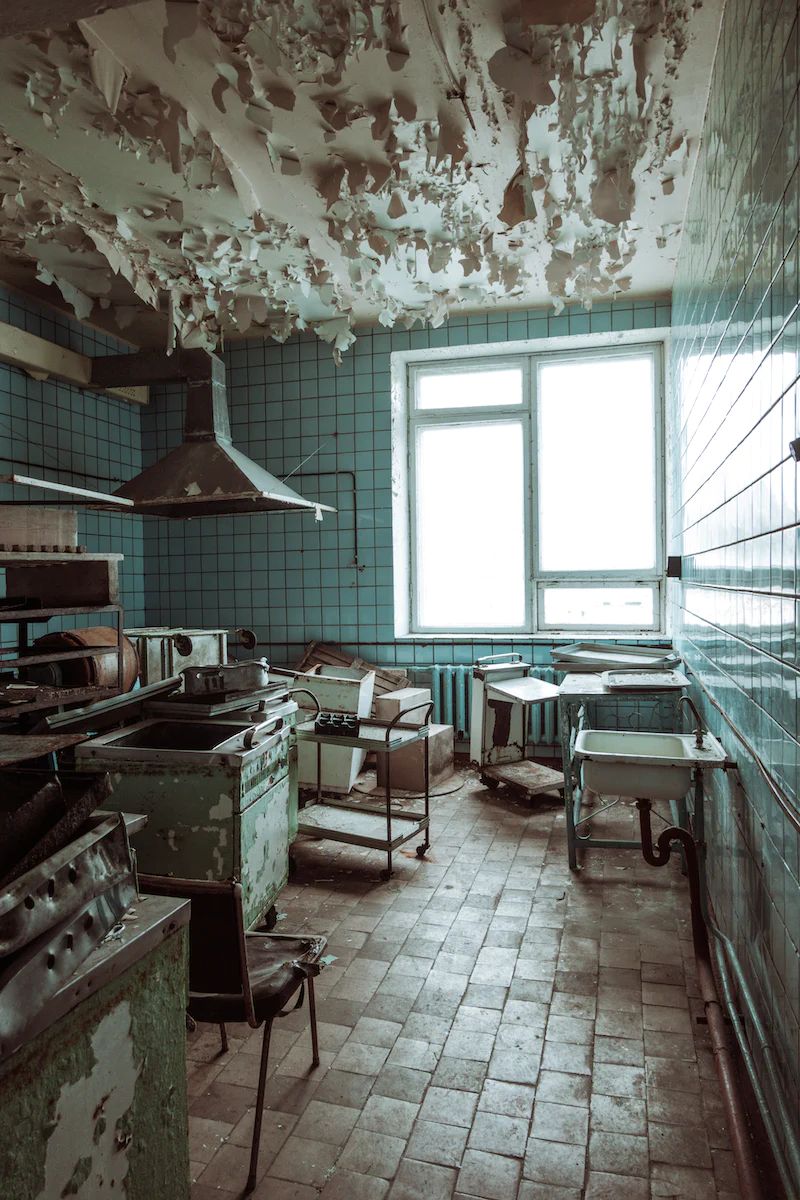
IAQ Assessment
Indoor Air Quality Assessment
The first step in an assessment is to determine if mold is present. This is done by visually examining the premises. If mold is growing and visible this helps determine the level of remediation that is necessary. If mold is actively growing and is visibly confirmed the need for sampling for specific species of mold is unnecessary.
After the visual, imagine if you had the power of X-Ray Vision to see through walls. Infrared imaging technology is the next best thing: infrared detects tiny but crucial differences in temperature throughout a house, including behind the walls, beneath the floors and beyond ceilings. These temperature variations often reveal "invisible" problems. Whether viable mold is on a surface visible to humans or hidden behind walls or ceilings, I will find it. The time needed will be impacted by the size of your house and other factors; but will likely last for 2-3 hours.
Another assessment method is to determine if the premise smells of mold, often described as an earthy or musty odor. However, not all molds produce the telltale mold odors.
These methods are considered to be non-intrusive and only visible, viable mold in high moisture areas and odor causing molds will be found. Sometimes more intrusive methods are needed to assess the level of mold contamination. This would include moving furniture, lifting and/or removing carpets, checking behind wallpaper or paneling, checking in ventilation duct work, opening and exposing wall cavities, etc.
Careful detailed visual, infrared inspection and recognition of moldy odors should be used to find problems needing correction. Efforts should focus on areas where there are signs of liquid moisture or water vapor (humidity) or where moisture problems are suspected. The investigation goals should be to locate indoor mold growth to determine how to correct the moisture problem and remove contamination safely and effectively.
The basic goals of any mold investigation are always twofold: 1) find the locations of mold growth, and 2) determine the sources of the moisture.
The key to mold control is moisture control. It is important to dry water damaged areas and items within 24-48 hours to prevent mold growth.
Mold Inspections should be performed by a party certified And Experienced.
Phase I Assessment
The first step in an assessment is to determine if mold is present. This is done by visually examining the premises. If mold is growing and visible this helps determine the level of remediation that is necessary. If mold is actively growing and is visibly confirmed the need for sampling for specific species of mold is unnecessary.
After the visual, imagine if you had the power of X-Ray Vision to see through walls. Infrared imaging technology is the next best thing: infrared detects tiny but crucial differences in temperature throughout a house, including behind the walls, beneath the floors and beyond ceilings. These temperature variations often reveal "invisible" problems. Whether viable mold is on a surface visible to humans or hidden behind walls or ceilings, I will find it. The time needed will be impacted by the size of your house and other factors; but will likely last for 2-3 hours.
Another assessment method is to determine if the premise smells of mold, often described as an earthy or musty odor. However, not all molds produce the telltale mold odors.
These methods are considered to be non-intrusive and only visible, viable mold in high moisture areas and odor causing molds will be found. Sometimes more intrusive methods are needed to assess the level of mold contamination. This would include moving furniture, lifting and/or removing carpets, checking behind wallpaper or paneling, checking in ventilation duct work, opening and exposing wall cavities, etc.
Careful detailed visual, infrared inspection and recognition of moldy odors should be used to find problems needing correction. Efforts should focus on areas where there are signs of liquid moisture or water vapor (humidity) or where moisture problems are suspected. The investigation goals should be to locate indoor mold growth to determine how to correct the moisture problem and remove contamination safely and effectively.
The basic goals of any mold investigation are always twofold: 1) find the locations of mold growth, and 2) determine the sources of the moisture.
The key to mold control is moisture control. It is important to dry water damaged areas and items within 24-48 hours to prevent mold growth.
Mold Inspections should be performed by a party certified And Experienced.
Phase I Assessment
- Interview
- Under 1500 Sq. Ft. $385 plus testing
- 1500 - 2000 Sq. Ft. $395 plus testing
- 2000 - 2500 Sq. Ft. $445 plus testing
- 2500 - 3000 Sq. Ft. $495 plus testing
- 3000 - 3500 Sq. Ft. $545 plus testing
- 3500 - 4000 Sq. Ft. $595 plus testing
- 4000 - 4500 Sq. Ft. $645 plus testing
- Minimum non-viable testing $245.00 per area.
- (Three Micro 5 per.)
- Swabs $155.00 per sample
- Allergen & Particulate Screening $345.00
